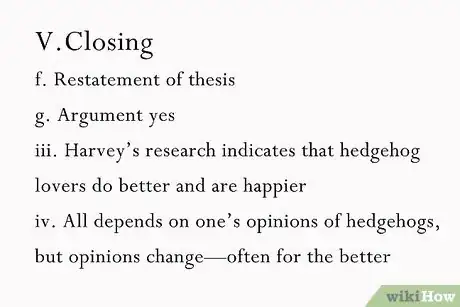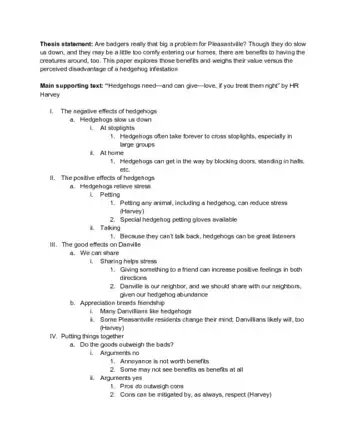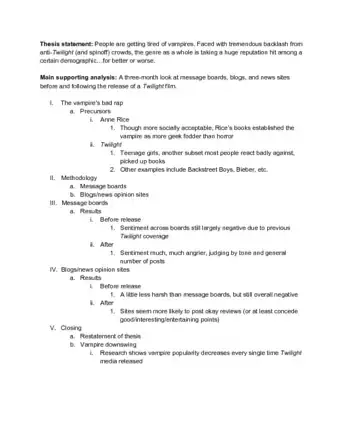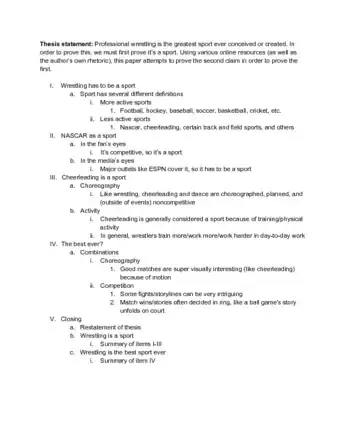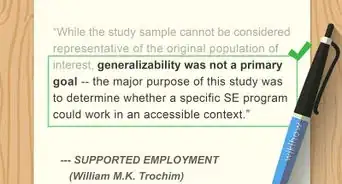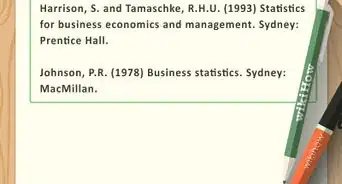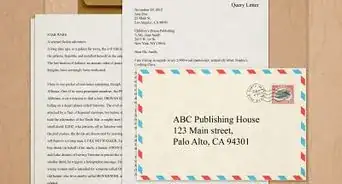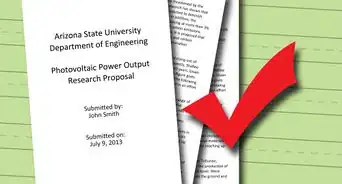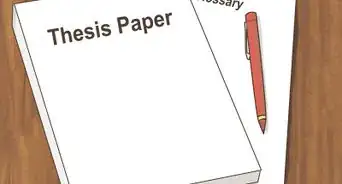X
wikiHow is a “wiki,” similar to Wikipedia, which means that many of our articles are co-written by multiple authors. To create this article, 18 people, some anonymous, worked to edit and improve it over time.
This article has been viewed 225,398 times.
Learn more...
Having difficulty starting that argumentative paper? Creating an outline can be a useful strategy for organizing your thoughts. An outline will provide you with an overview of the order and logic that an effective argument must follow.
Steps
Part 1
Part 1 of 2:
Preparation
-
1Start with the Thesis. Your thesis is the central argument of the paper. Every following sentence must be written with the intention of supporting this idea.
- An effective thesis should attempt to elicit a strong response from the reader. A reader should not finish the introductory paragraph and think, “So what?”
- Be prepared to change your thesis as often as possible. As you generate new ideas and make new logical connections, the scope of your paper will likely change and as a result so should your thesis.
-
2Brainstorm. List anything that you believe is related to the argument, including quotes from primary and secondary sources.Advertisement
-
3Group related ideas together. Take a look at the list of ideas you’ve generated and begin to organize them into groups.
- A sound argumentative essay will have a hierarchy of ideas that follows a logical progression. When grouping your ideas, keep in mind how each group relates to the others.
Advertisement
Part 2
Part 2 of 2:
Creating the Outline and Proper Labeling
-
1Begin with Roman numeral I. Each section’s heading should start with a capitalized Roman numeral (I., II., III., etc.) and contain the topic of that paragraph.
- Label subheadings with capitalized letters (A, B, C, etc.). Secondary subheadings begin with lowercase numerals (i., ii., iii., etc.) and tertiary subheadings begin with lowercase letters (a., b., c., etc.).
-
2Introductory Paragraph: The Introductory Paragraph should start general and end specific.
- The very first sentence can be anything from a question or an observation, as long as it gets the reader’s attention. The following sentences must then narrow the topic down to a very specific point: the thesis.
- As you narrow the topic down, you must of course mention the primary text which your paper is concerned with. If necessary, you may also mention a secondary source that you feel is important to your central argument.
-
3Body paragraphs: Body paragraphs contain the substance of your argument.
- In a standard 5 paragraph essay, you will have 3 body paragraphs to develop your argument. Each body paragraph must explore a distinct idea that supports your thesis and include evidence from the text and or secondary sources.
- For a fully developed argumentative essay, you may include counter-arguments to your thesis and subsequent refutations.
-
4Conclusion: A proper conclusion should provide a sense of closure while also leaving the topic open to further exploration.
- Do not simply restate the thesis. Your conclusion should return to the thesis with a deeper understanding as a result of the arguments and evidence of the body paragraphs.
Advertisement
Sample Outlines
Community Q&A
-
QuestionDo I write the words I, me, my, or myself?
 Community AnswerThose are all first point of view key words. If the subject involves your thoughts, then you should write them.
Community AnswerThose are all first point of view key words. If the subject involves your thoughts, then you should write them.
Advertisement
About This Article
Advertisement






